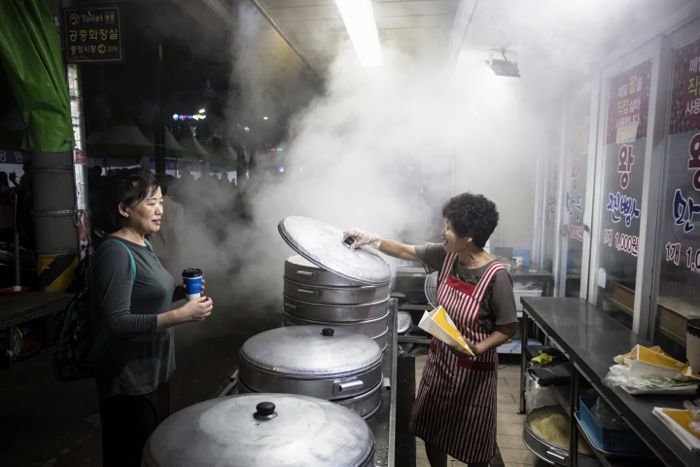Today, we are looking at the most common image file types used in photography. It can be confusing to enter the world of photography, especially if you aren’t computer literate.
This article will outline the file types that our cameras create and explain their functions. At the end, we will also compare different file types so you can decide which image file type is best for you!
Your camera will allow you to select the file type your photos are saved in. If you are considering taking photography seriously, you should always shoot in RAW. If you are just starting out and won’t be doing much editing, JPEGs are the easiest file type to deal with.
Below, we will discuss why RAW files are so important. To open these file types, you will need specialized programs. This may involve paid methods, but there are also free options.
Shooting in RAW format captures the most detail possible from your camera’s sensor. RAW files are much larger than JPEGs because they contain more information, including a wider range of brightness levels and colors.
This extra data gives you more flexibility when editing photos. You can recover detail in overexposed highlights or underexposed shadows that would be lost in a JPEG. RAW also allows for better white balance adjustments and provides more color information to work with.
Shooting RAW lets you develop your own photographic style through post-processing. The original RAW file remains unchanged, so you can always revert back or try different edits. RAW files can also be resized more easily and tend to produce better quality prints. Read our full article here if you want to learn more about the benefits of shooting in RAW.
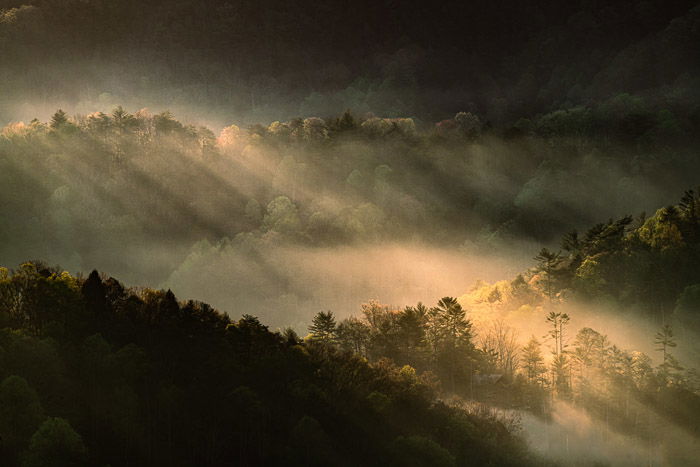
We will now examine the various image file types you may encounter in photography. Most of these image file types are RAW files that different camera companies make. It is important to identify these file types to better understand your digital archiving.
These different RAW files share similarities, but they are all different. Professionals will debate which RAW file is best. Camera companies are constantly developing their RAW files to provide as much information as possible.
A RAW file is an image file that holds all the original data from your camera’s sensor. It is the best file type to shoot on simply because it holds the most information. More information means more detail.
RAW files give you more freedom to edit your photos. You can fix issues like poor white balance even after taking the shot. RAW images also capture more dynamic range, so you can brighten dark areas and reduce bright spots.
The downside is RAW files are much bigger than JPEGs. They take up more space on memory cards and hard drives. RAW files also need extra work before sharing since they look dull without editing.
Read our full guide to learn more about the benefits and drawbacks of shooting in RAW file format.
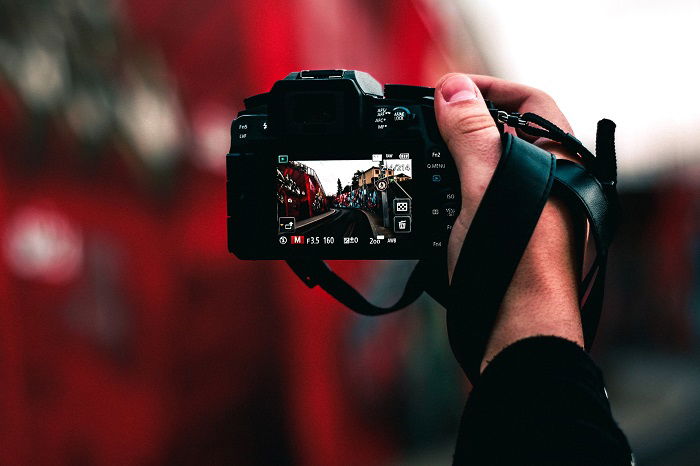
A PNG (Portable Network Graphics) file is a lossless image format that preserves image quality. It’s commonly used by photographers and graphic designers for its ability to maintain high resolution and sharp details, even after editing and saving multiple times.
PNG files support transparency, making them ideal for logos, graphics, and images that need to be overlaid on other backgrounds. They also work well for high-contrast images.
While PNG files offer superior quality, they tend to have larger file sizes compared to JPEGs. Click here if you want to learn more about PNG files and how they compare to other image formats.
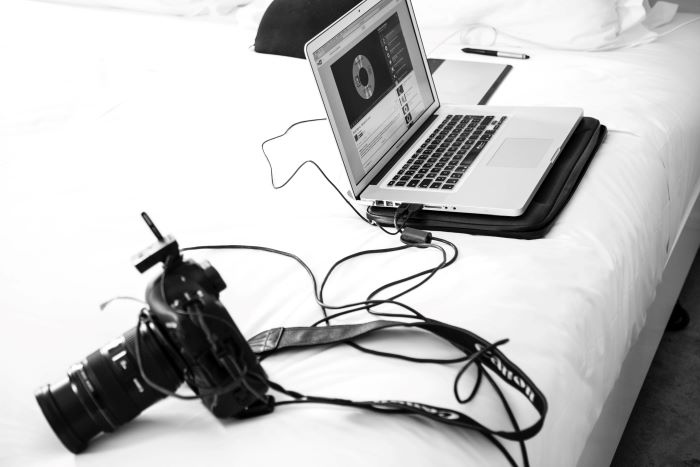
CR3 is a RAW image file format used by Canon cameras. The latest Canon mirrorless cameras and DSLRs with the DIGIC 8 processor use this format.
CR3 files provide high quality images with lossless compression. They retain the original resolution while having a smaller file size than previous Canon RAW formats. CR3 files can also be saved as C-RAW, a compressed version that is 40% smaller but with some loss of quality.
To open and edit CR3 files, you need compatible software such as Adobe Lightroom or Photoshop. Canon’s Digital Photo Professional can also be used to convert CR3 files. RAW files like CR3 are better for editing than JPEGs because they retain more image data and quality. Read our full article to learn more about CR3 files.
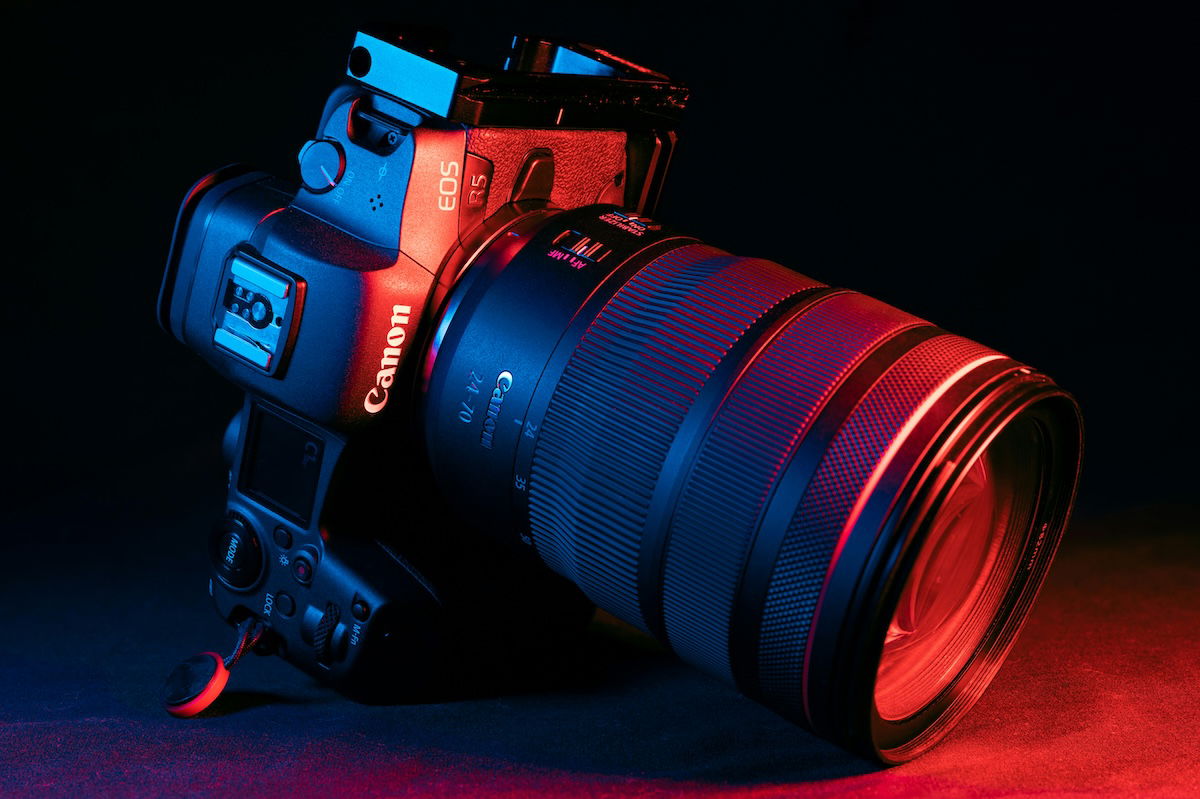
NEF files are digital image files created by Nikon cameras. They store raw image data exactly as captured by the camera’s sensor, along with metadata about the camera and lens settings used. NEF files are based on the TIFF format and can contain either 12-bit or 14-bit data, depending on the camera model.
One key advantage of NEF files is that any changes made to the image, such as adjustments to white balance, hue, tone, and sharpening, are stored separately from the original raw data. This non-destructive editing allows you to always revert back to the unaltered image if needed.
NEF files can be opened with various software, including the built-in photo viewers on recent Mac and Windows operating systems, as well as popular photo editing programs like Adobe Photoshop, Lightroom, and Capture One. To use NEF files in a wider range of applications or share them online, you’ll need to convert them to a more universal format like JPEG or TIFF. If you’d like to learn more about working with NEF files, there are many in-depth resources available here.
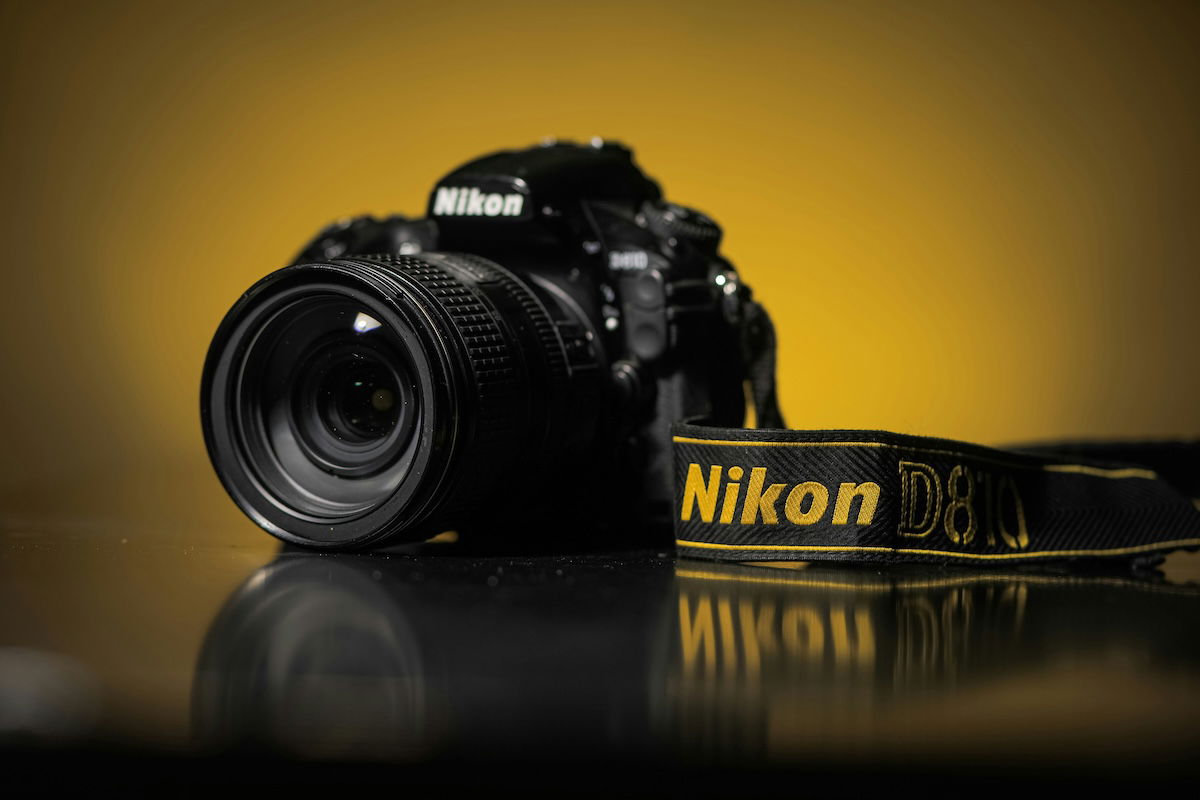
ARW is a RAW image file format used exclusively by Sony Alpha digital cameras. RAW files contain unprocessed data, allowing for more flexibility when editing your images. ARW files are uncompressed and lossless, meaning they retain all the original data captured by your camera’s sensor.
To open and edit an ARW file, you’ll need editing software like Photoshop, Lightroom, or GIMP. These programs allow you to make adjustments to your image without losing quality. You can also convert ARW files to other formats like PNG, DNG, or JPEG when exporting.
While JPEGs may look better straight out of the camera, ARW files hold more information and offer greater flexibility in post-processing. The main disadvantage of ARW files is their large size, so it’s important to have a memory card with fast writing speed and ample external storage.
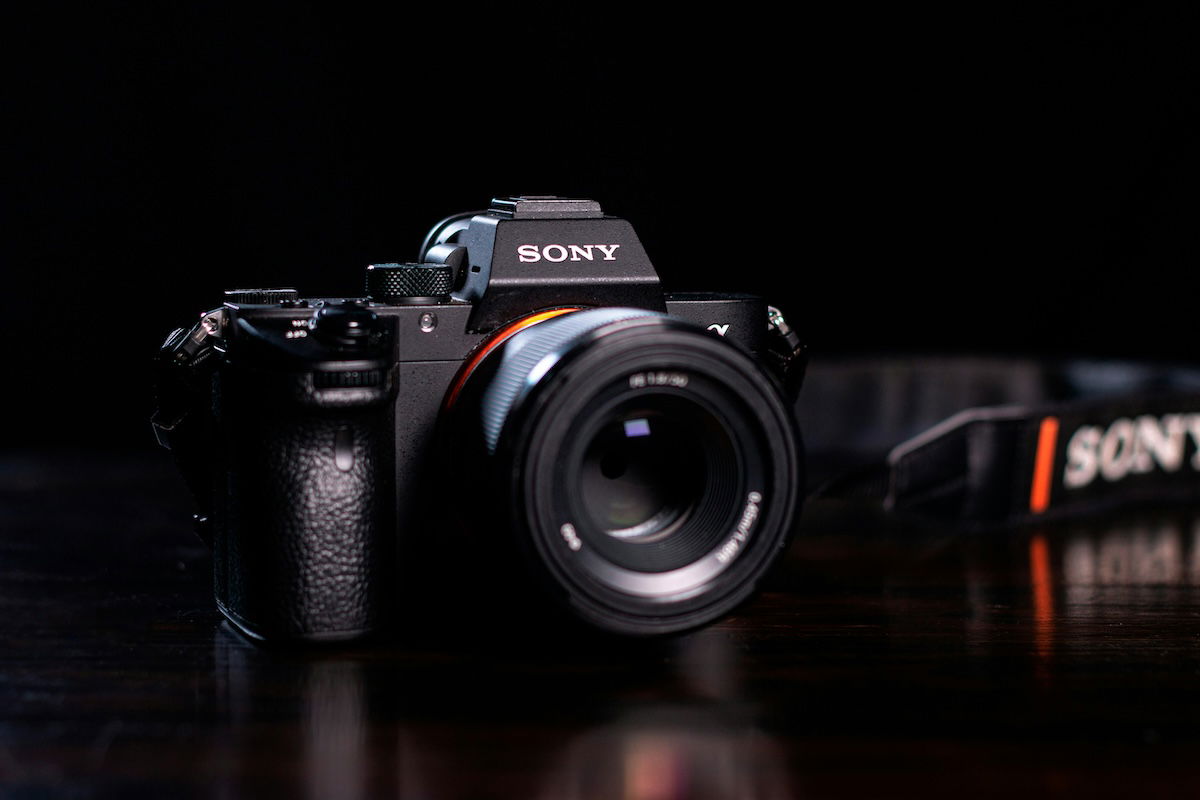
An SRF file is a RAW image format used by Sony digital cameras. SRF files are uncompressed and hold much more image data compared to JPEGs.
RAW files like SRF allow for better editing possibilities. They retain up to five times more information from the scene, giving you greater flexibility to adjust exposure and pull more detail in post-processing.
To open an SRF file, you’ll need editing software like Adobe Photoshop or Lightroom. Photoshop and Lightroom can open these automatically. You can read our full article if you want to learn more about SRF files.
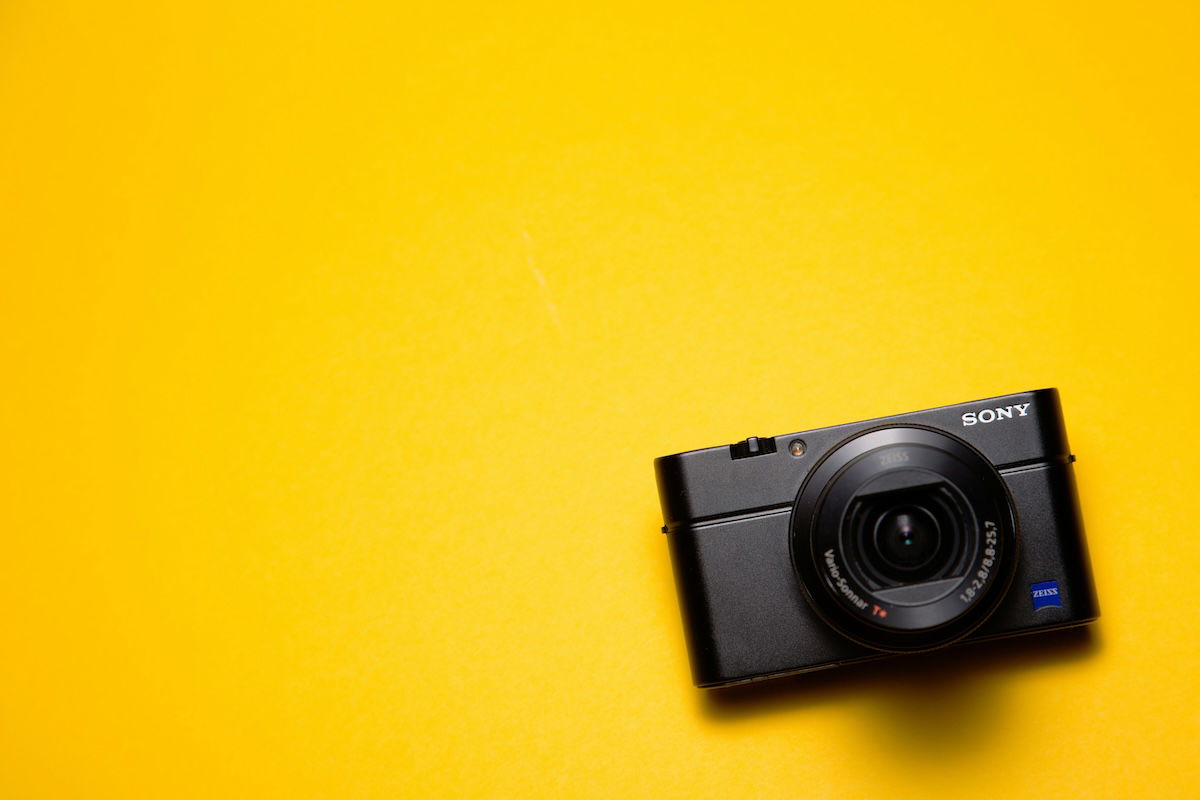
A DCR file is a digital camera RAW file extension used by Kodak cameras. These files contain all the data captured by the camera’s sensor, providing more detail and flexibility for editing compared to JPEG files.
To open a DCR file, you can use various image-viewing applications or editing software such as Microsoft Windows Photos, Apple Preview, Adobe Lightroom, and Adobe Photoshop.
While DCR files offer better quality and more editing options, they also take up more storage space. If you plan on editing your photos, using the DCR format is a good choice. To learn more about DCR file, check out our in-depth article.
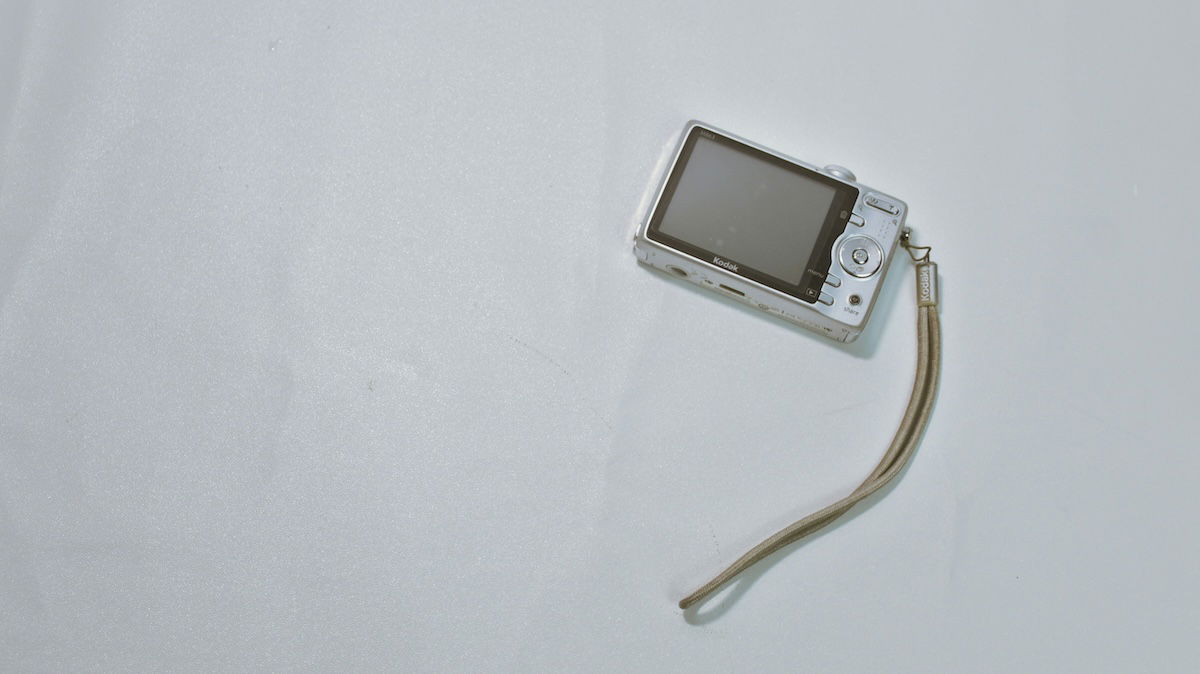
An ORF file is a RAW image format used by Olympus digital cameras. It stores image data exactly as captured by the camera’s sensor, without losing quality through compression like JPEGs do.
ORF files can be opened using Olympus software such as Olympus Workspace or older programs like Olympus Master and Olympus ib. Third-party software like Adobe Photoshop, Photoshop Elements, and Lightroom also support ORF files. Mac computers can usually open ORF files without issues, but Windows users may need to install a Codec Pack.
Converting ORF files to other formats like JPEG is possible using software that can read the ORF format. Adobe Lightroom and Photoshop are good options for this. Shooting in RAW format like ORF provides more flexibility and creative control when editing photos compared to JPEG. Read on to learn more about ORF files.
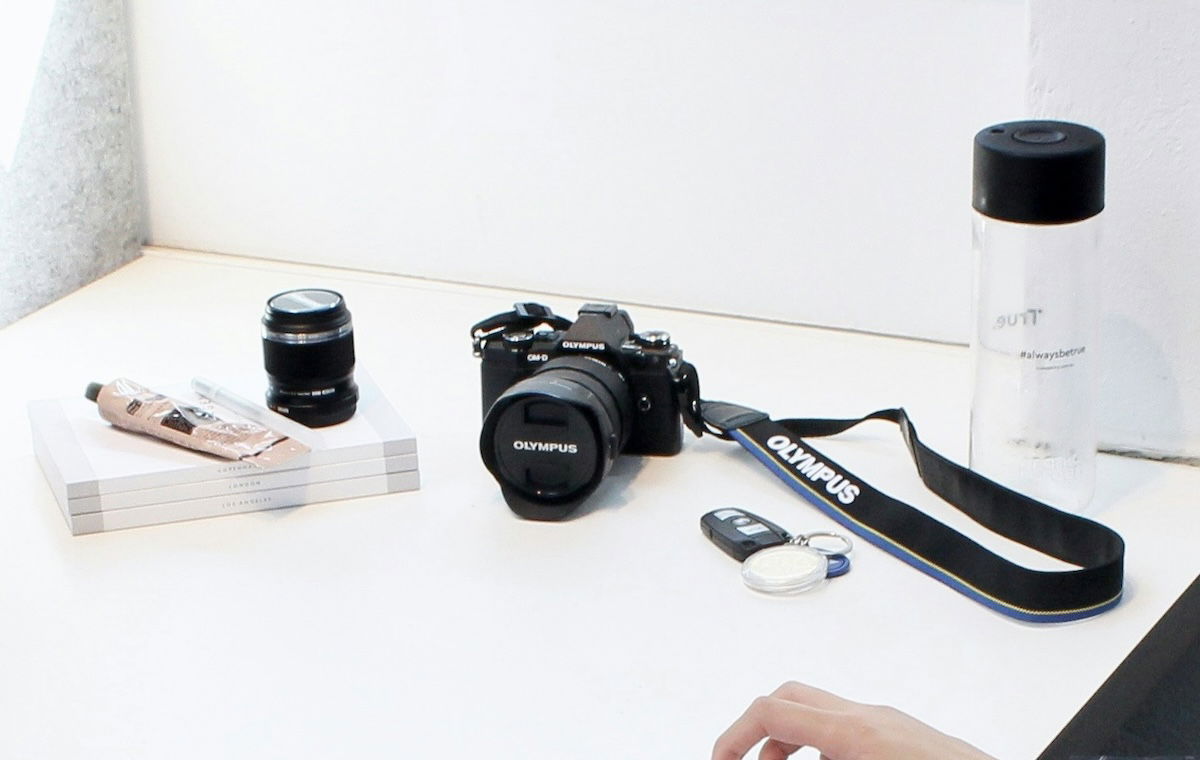
Let’s now explore the differences between image file types. It may be confusing to decide which file type to use and at what stage of your photographic journey. As a rule of thumb, you should use RAW files if you are editing your own digital photos. Although, it is acceptable to shoot in JPEG if you are a beginner.
These next sections will discuss the pros and cons of using each image file type. This information is important and could make or break your working methodology. If you still need clarification, be sure to read each article deeper.
DNG and RAW files are two types of uncompressed image formats used by photographers. RAW files are unprocessed, capturing the most information possible from the camera sensor. DNG (Digital Negative) is a type of RAW file developed by Adobe as a standard format across their software.
Converting RAW files to DNG offers several benefits, such as improved compatibility, faster performance, and more efficient compression. However, the conversion process takes time, and not all programs support DNG files.
Ultimately, if your current workflow with RAW files is effective, there may be no need to switch to DNG. But if you encounter compatibility issues or want a more standardized format, converting to DNG could be a good solution. To dive deeper into the world of DNG file formats and their advantages, be sure to explore our comprehensive guide.
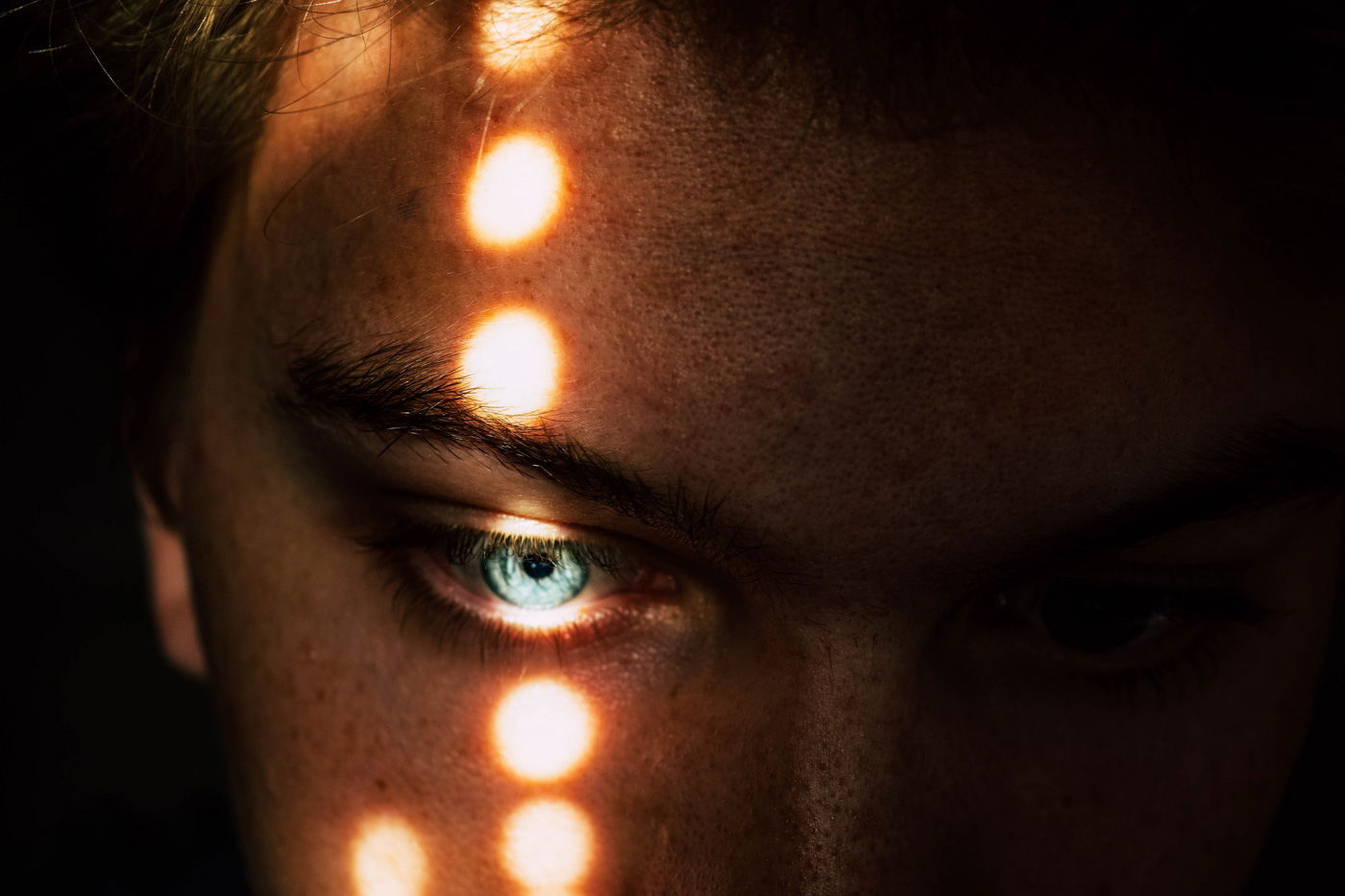
When it comes to photography, there are two main file types: RAW and JPEG. RAW files are uncompressed, giving you the most control over your images when editing. JPEGs are compressed, meaning they take up less space on your memory card but lose some image quality.
If you want the best possible image quality and don’t mind spending extra time editing your photos, go with RAW files. If you want quick and easy editing without sacrificing too much image quality, JPEGs are a good choice.
By shooting JPEG, you are limiting your photos’ potential. Your camera applies settings like white balance, color, contrast, and sharpening to the image. It then saves this as a JPEG and discards all the other raw data. This means you lose a lot of editing options later. Click here to learn more about the differences between RAW vs JPEG.
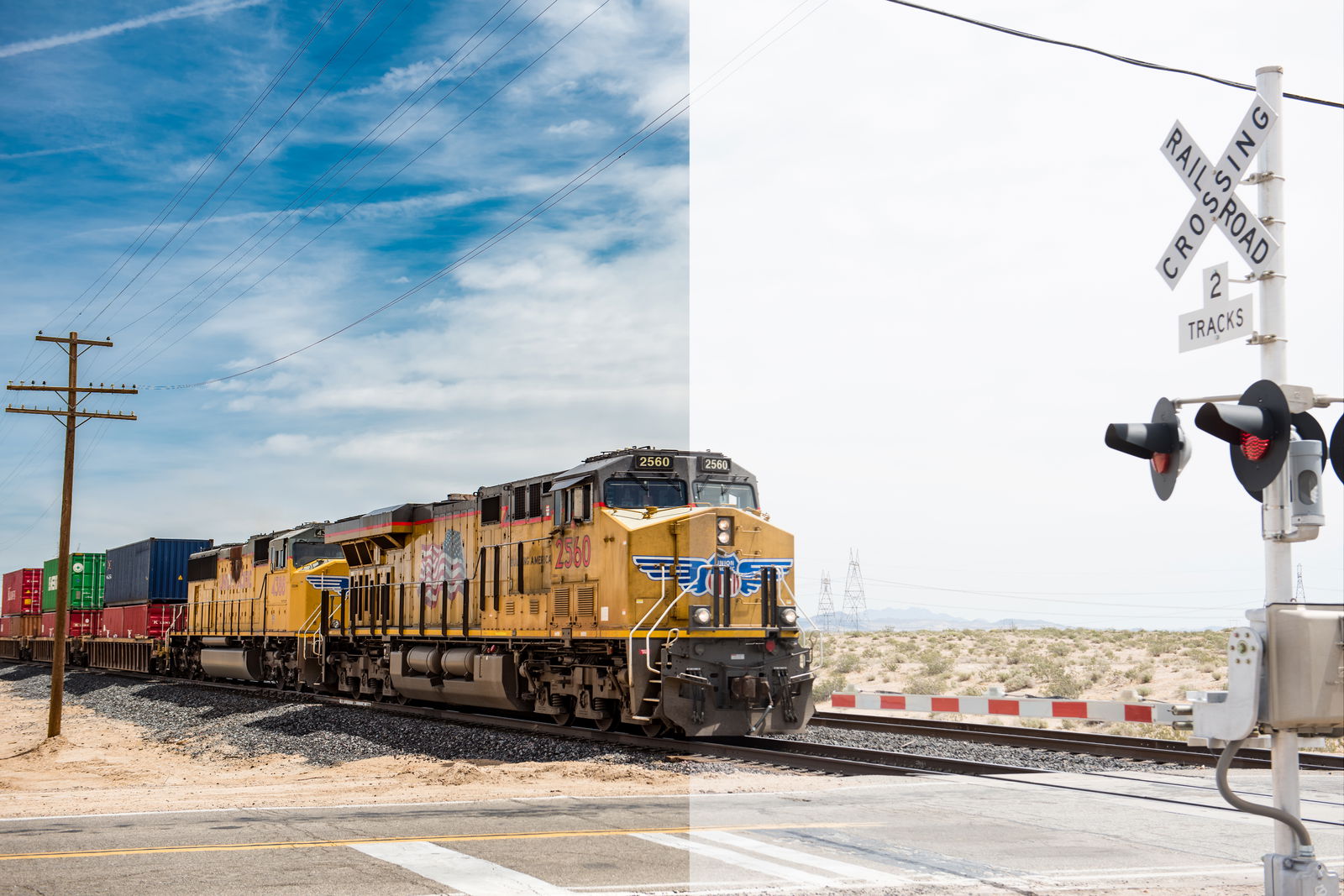
The three main image file types you will come across are JPEG, RAW, and TIFF. JPEG is the most commonly used format because it produces the smallest files. JPEGs are compressed and some data is lost, but this usually isn’t noticeable.
RAW files contain the most data and are best for editing. They take up more storage space but give you the most flexibility in post-processing. TIFF files are less common but are also good for editing because they don’t lose quality.
Choose JPEG if you don’t plan to edit much and want to save space. Use RAW for low light, digital blending, portraits, and commercial work. Learning about the RAW vs TIFF file formats will help you pick the best option for each situation.
